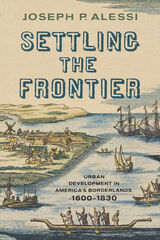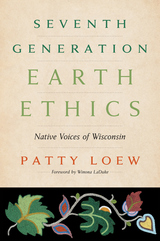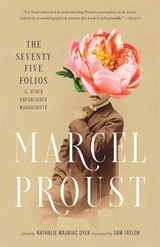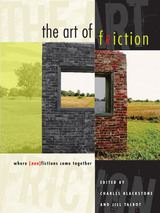
"We live in an Enquirer, reality television–addled world, a world in which most college students receive their news from the Daily Show and discourse via text message," assert Charles Blackstone and Jill Talbot. "Recently, two nonfiction writers have been criticized for falsifying memoirs. Oprah excoriated James Frey on her show; Nasdijj was impugned by Sherman Alexie in Time. Is our next trend in literature to lock down such boundaries among the literati? Or should we address the fictionalizing of nonfiction, the truth of fiction?"
The Art of Friction surveys the borderlands where fiction and nonfiction intersect, commingle, and challenge genre lines. It anthologizes nineteen creative works by contemporary, award-winning writers including Junot Díaz, Jonathan Safran Foer, Thomas Beller, Bernard Cooper, Wendy McClure, and Terry Tempest Williams, who also provide companion pieces in which they comment on their work. These selections, which place short stories and personal essays (and hybrids of the two) side by side, allow readers to examine the similarities and differences between the genres, as well as explore the trends in genre overlap.
Functioning as both a reader and a discussion of the craft of writing, The Art of Friction is a timely, essential book for all writers and readers who seek the truthfulness of lived experience through (non)fictions.
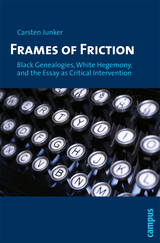
In Frames of Friction, Carsten Junker maps out a dazzling panorama of critical cultural debatesfrom the twentieth century to explore the ways in which African American speakers and writers established their authority and gained recognition. Taking into account the latest ideas from gender studies and African American studies, as well as current essay theory, Junker juxtaposes the ways in which African American authors and speakers from the 1920s to the 1970s debated critical topics with their white and Jewish contemporaries in order to emphasize the dialogic nature of the essay form. Ultimately, Junker hones in on the genre of essay itself, arguing that it is repeatedly questioned and reconstituted during times of social change.
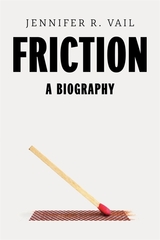
From the first spark of fire to the frontiers of energy, medicine, and space, a pioneering account of the invisible force that connects it all.
Friction, the force that resists motion, is synonymous with difficulty and complication. If you’ve ever replaced tires worn smooth by the road or reached for a can of WD-40 to fix a creaking door hinge, then you know the headache this force can cause.
In this book, Jennifer Vail reveals beneath the difficulty and complication a force as enigmatic and intriguing as it is central to the human story. She traces how, from the moment we first harnessed the power of fire to the Industrial Revolution and beyond, the quest to manipulate friction has driven innovation, culture, and even our own evolution. Today, as scientists study friction in the most unexpected of places, they’re learning why some viruses lie dormant for years while others devastate our cells immediately; where elusive dark matter might be found; and how the climate crisis ought finally be addressed. And yet, for all they’ve learned, scientists still haven’t cracked the greatest mystery of all: how to bridge the distinct laws that govern friction at its largest and smallest scales.
Connecting the discoveries of historical luminaries like Newton, da Vinci, and the Wright brothers to the latest breakthroughs in engineering, Friction is a captivating biography of this unsung hero of the physical world.
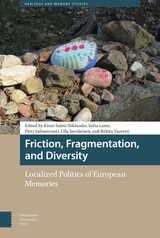
READERS
Browse our collection.
PUBLISHERS
See BiblioVault's publisher services.
STUDENT SERVICES
Files for college accessibility offices.
UChicago Accessibility Resources
home | accessibility | search | about | contact us
BiblioVault ® 2001 - 2025
The University of Chicago Press


